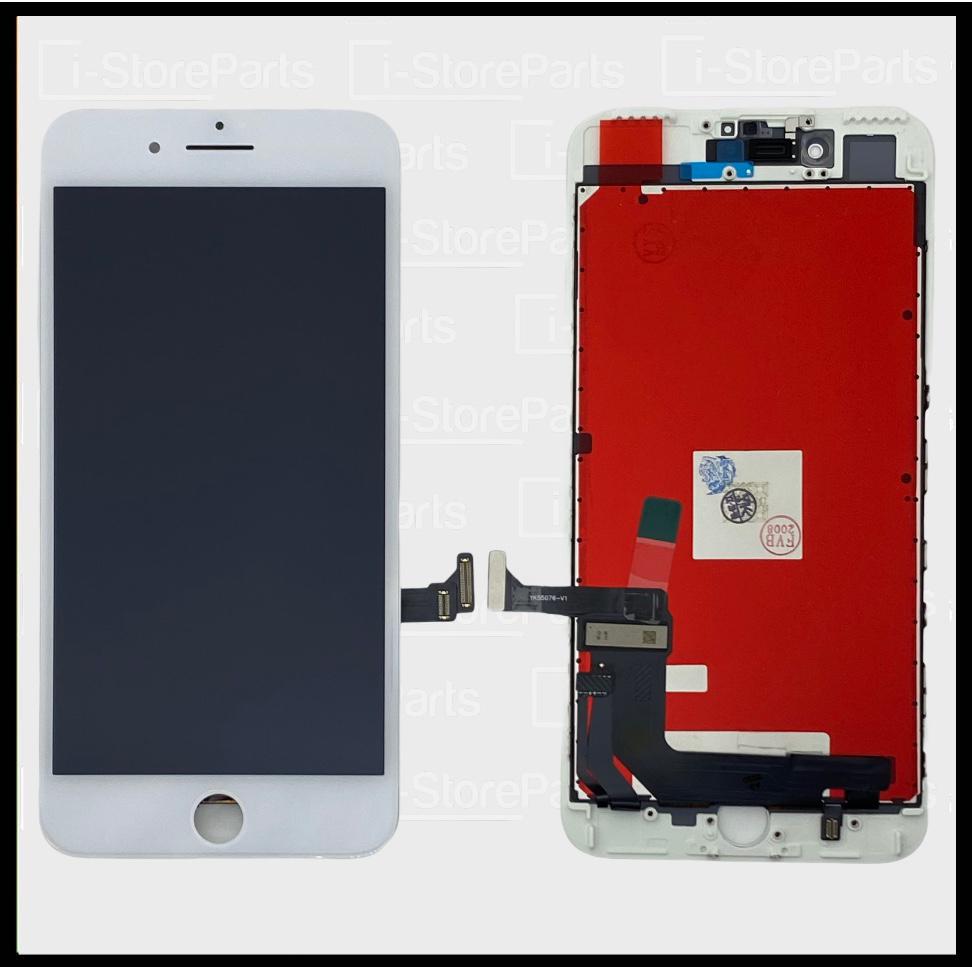
OLED Displays on the iPhone
While Apple does use LCD screens on some of its iPhones, it also uses OLED on others. OLED is a newer technology that uses less power and produces deeper colors.
LCDs work by combining two sheets of flexible polarizing material and using a backlight to produce images in color or monochrome. OLED displays do not need a backlight, and the pixels can light themselves up.
Colors
Colors are what make up the images we see on our iPhone screens. They are created by a combination of red, green, and blue pixels. These pixels change intensity to create the colors we see.
Different iPhone models have different display colors. This is because Apple uses 3 IC companies for their mother boards,different brand IC will make the screen show different color. Currently, APPLE company use TSMC, Samsung and Korea Hynix for their mother board IC. These 3 IC companies make different lcd iphone screen have warm and cold clolor.
This year, Apple is expected to release an iPhone X successor, a larger iPhone X Plus model, and a cheaper version that uses LCD instead of OLED. One analyst believes that the cheaper model will need to be visually distinguished from the others, and he thinks Apple could do this by using brighter colors.
Contrast
Contrast is the ratio of a display’s peak white brightness to its darkest black luminance, and it’s one of the most important factors for judging LCD performance quality. Apple’s iPhone 7 has a measured (True not Dynamic) contrast ratio of 1,762, which is Very Good and 26 percent larger than the contrast ratio that Apple considers Typical for mobile devices.
Apple has a patent application for a dual-layer LCD that would boost contrast even further. According lcd iphone to the application, which credits Jun Jiang, Gabriel Marcu and Jiaying Wu as its inventors, the system could achieve a contrast ratio of up to 1,000,000 to 1. This is a lot more than what most mobile devices can do right now.
Brightness
The iPhone has a very shallow intensity scale that produces images with very little contrast and washed out colors. This is a significant issue that can ruin the image quality in most content. It also limits the saturation of most colors and reduces display performance in dim ambient lighting. It is possible to remedy this problem by changing the brightness settings.
The maximum brightness that the iPhone can produce is called Peak White Luminance and is 428 cd/m2. This is sufficient for most ambient light conditions, although it may be too bright in some environments. The iPhone has an auto-brightness setting that uses a light sensor to adjust the backlight power level. This can improve visual comfort and battery run time.
OLED, or Organic Light Emitting Diode, displays do not use a backlight and instead each pixel emits its own light. This gives them several advantages over LCD panels. For example, OLED pixels can turn on and off individually, which results in more accurate and vibrant colors. Also, OLED displays do not suffer from the burn-in issues that plague many LCDs.
Response Time
The performance numbers available for LCD panels can be confusing. The most common metric is known as grey-to-grey (GtG) response time lcd iphone and is the amount of time it takes for a pixel to transition from one color to another. However, this does not mean that a display is actually responding in just a millisecond; rather, the actual response curve looks more like an S than a straight line, with a slow initial response and a rapid middle phase before the performance tails off towards the end of the transition.
A good display should exhibit a GtG response time of less than 1.0 JNCD. Also important is the ability to maintain a consistent brightness over a wide viewing angle, as smartphone users often hold their phones at multiple angles.
Power Consumption
With conventional LCD (LED based) screens, power consumption only depends on the intensity of backlight. In other words, you need to reduce the brightness of your display to save energy on these screens. OLED screens on the other hand consume power based on the color of pixels. This means that black pixels will not draw any power, whereas white pixels will. As a result, OLED screens can be very thin and flexible. This is why all new Apple phones and Samsung smartphones use OLED screens starting with the iPhone X.
This also explains why dark mode does not significantly affect battery life on these devices compared to light mode. However, this does not mean that you should switch to dark mode if you want to save battery.

Leave a Reply